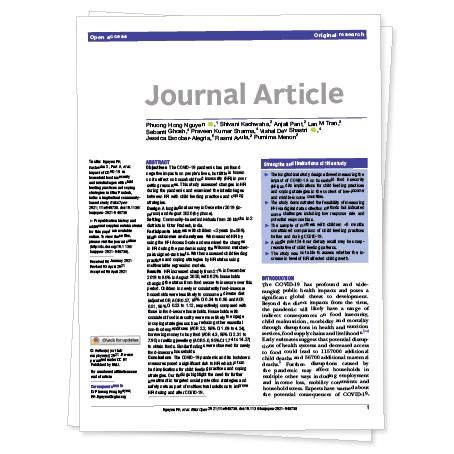
Few data exist on the aetiology of anaemia and Fe deficiency (ID) during early infancy in South Asia. This study aimed to determine the contribution of ID, infections, and feeding practices to anaemia in Bangladeshi infants aged 6-11 months. It was found that 68 % of the infants were anaemic, 56 % were Fe deficient, and one-third had evidence of subclinical infections. The prevalence of anaemia and ID increased rapidly, until 8-9 months of age, while that of subclinical infections was constant. ID and subclinical infections were major risk factors for anaemia, in addition to age and male sex. Similarly, subclinical infections, age and male sex were significant risk factors for ID. These results suggest that a multipronged strategy that combines improvements in dietary Fe intake alongside infection control strategies is needed to prevent anaemia during infancy in Bangladesh. The burden of anaemia and ID is very high in young rural Bangladeshi infants during the critical transition period of increased physiological Fe requirements corresponding to the early complementary feeding phase between 6 and 11 months of age. Neither dietary nor infection control interventions are sufficient on their own. The increasing prevalence of anaemia and ID during the first 3 months of the complementary feeding period highlights the need to support mothers to introduce Fe supplements or Fe-rich foods or products in their infants’ diet as soon as they start giving them complementary foods. Concurrently, the high burden of subclinical infections and its contribution to anaemia and ID highlight the need to include water, sanitation and hygiene and parasitic disease control strategies to control anaemia and ID in this population.
